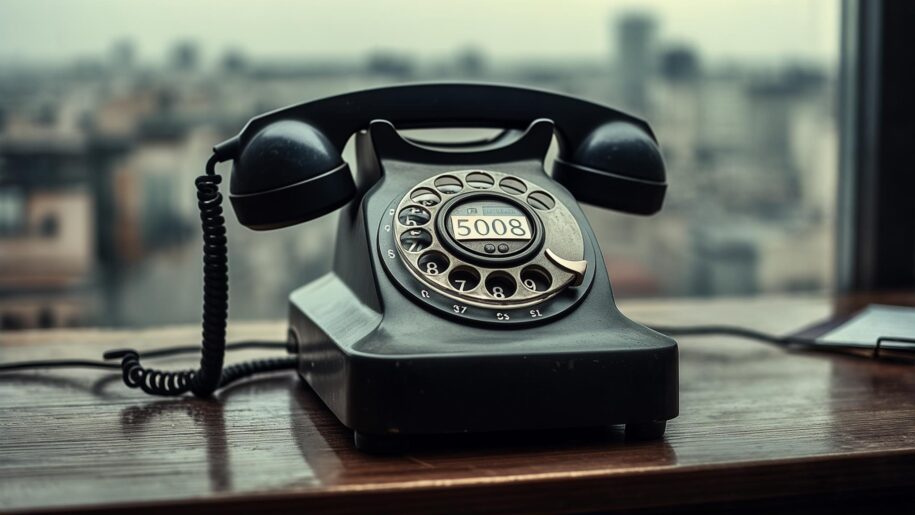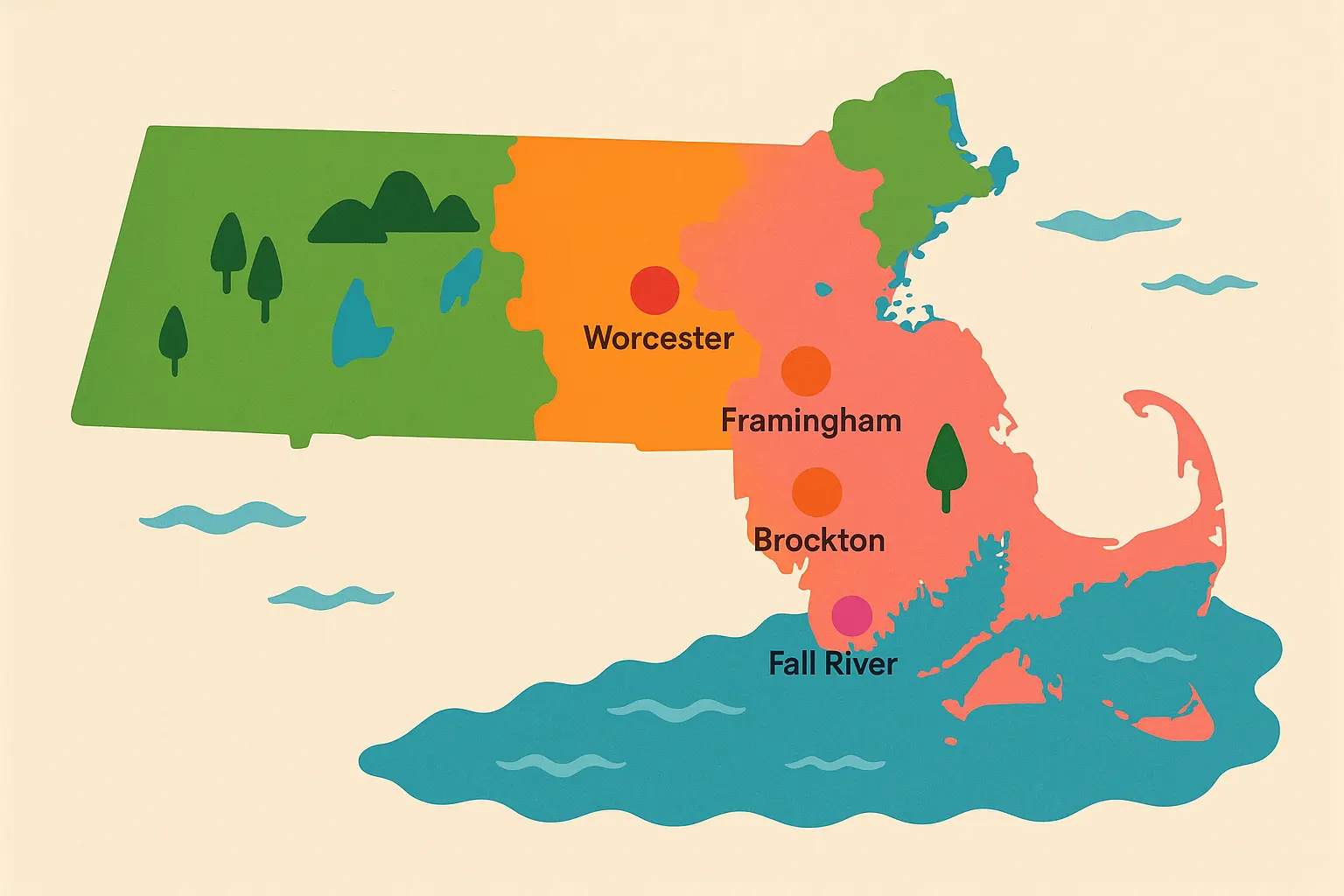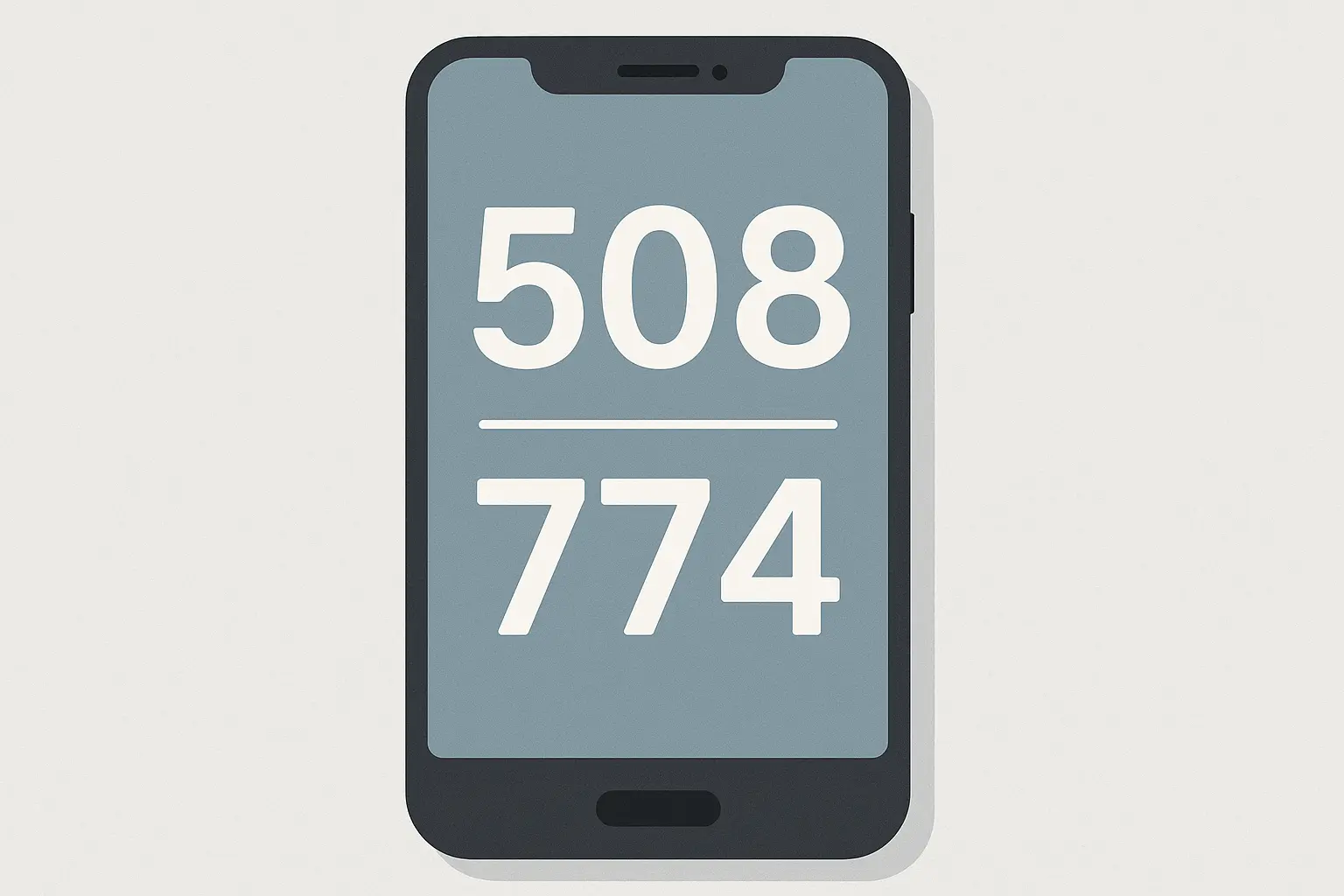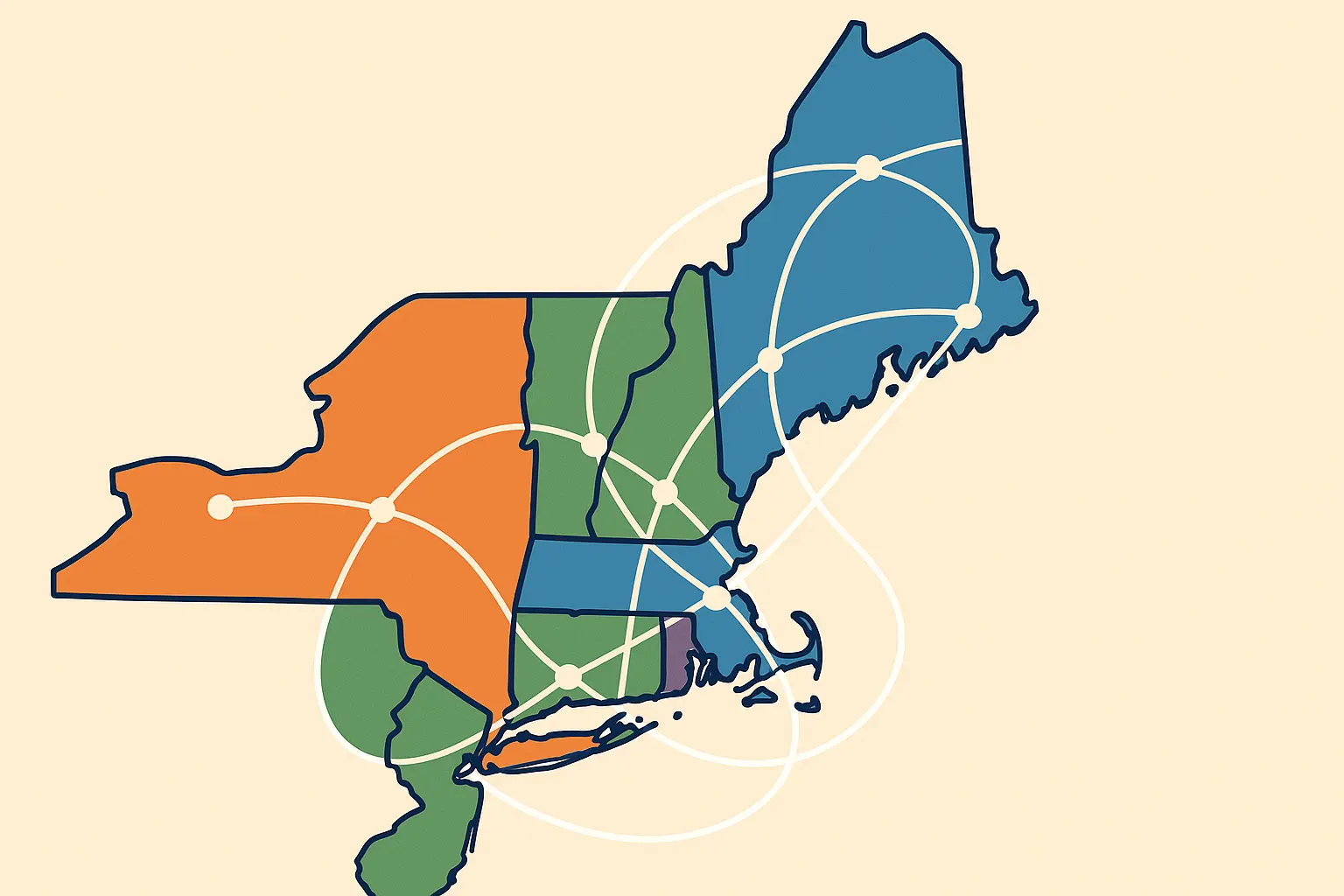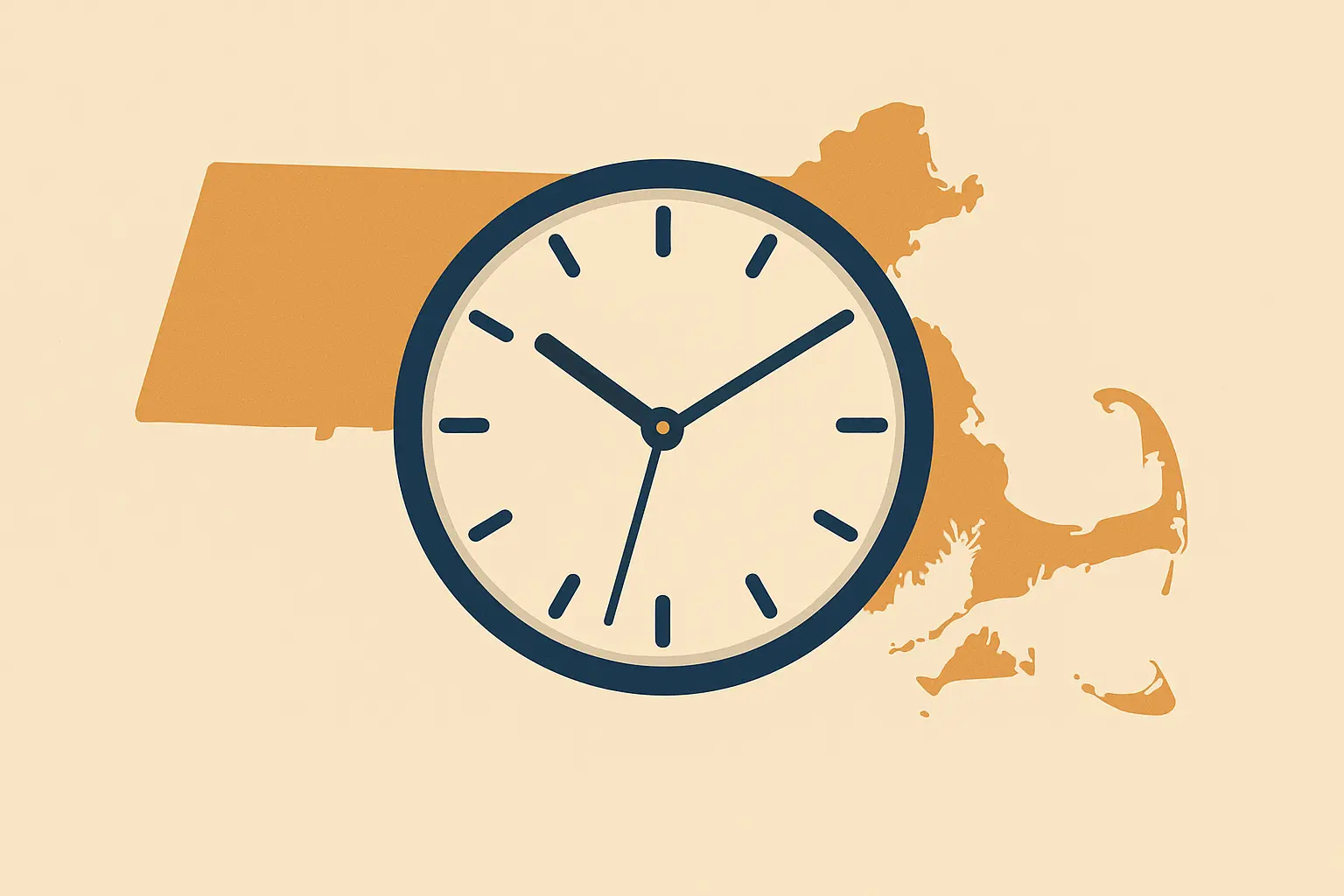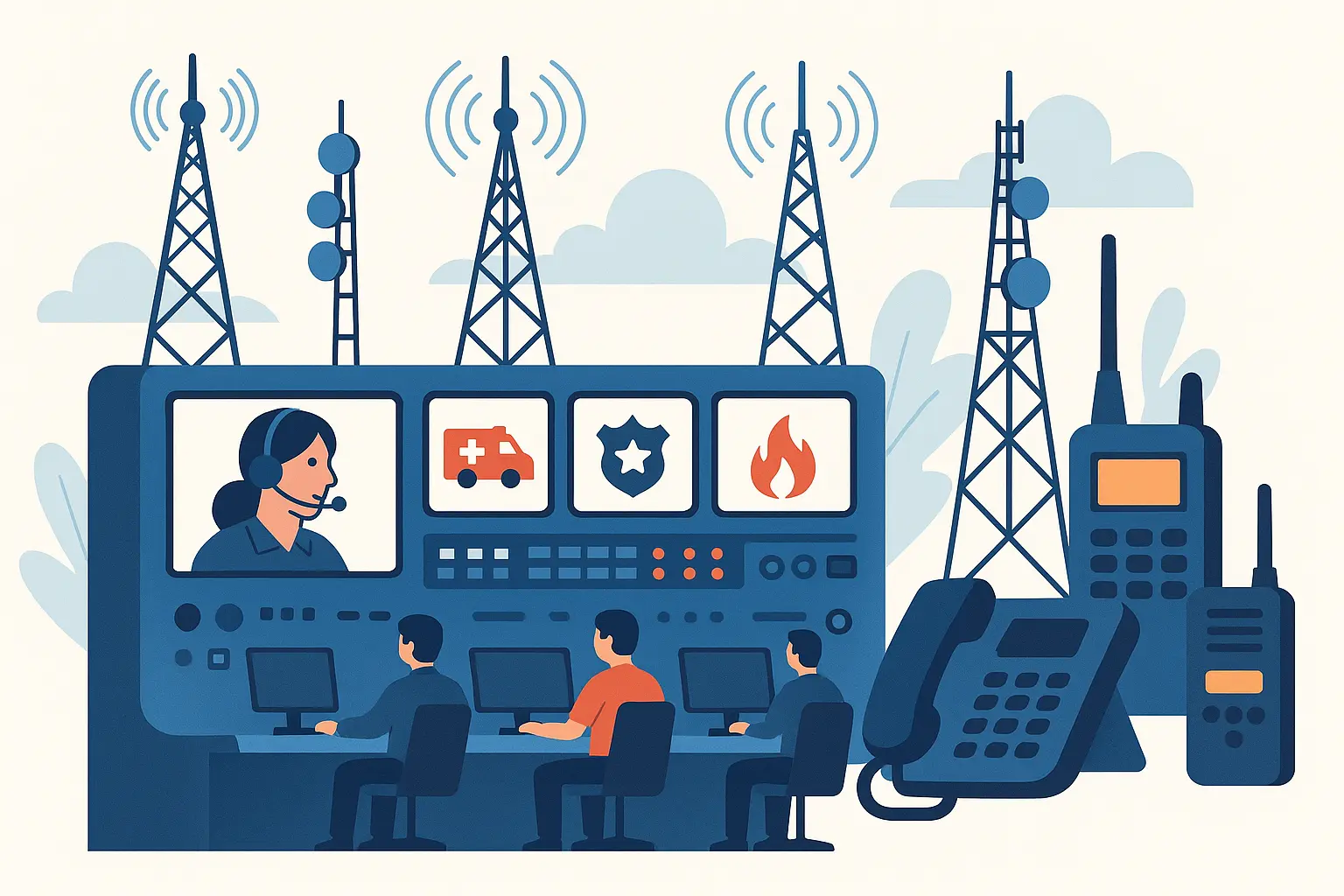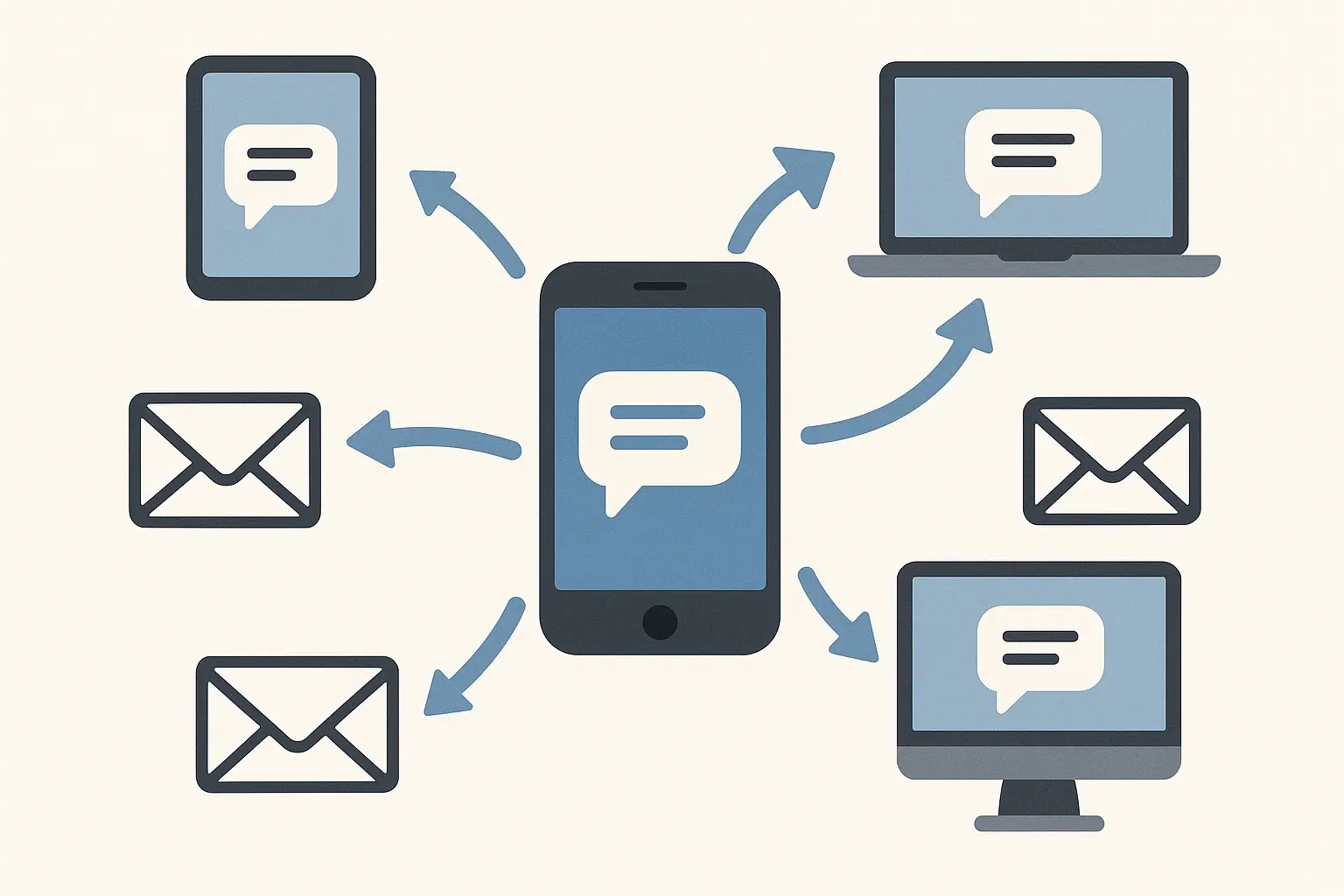Most people think 508 is just another Massachusetts area code. They’re wrong. This region covers everything from Worcester’s factories to Cape Cod’s beaches – and that creates some weird phone service quirks you’ve probably never heard of. With nearly 2.8 million people calling this area home according to ZipAtlas demographic data, you’ll discover the real story behind the 774 overlay, learn which communities actually use these numbers, and understand how this region’s unique characteristics create communication challenges most people never consider.
Table of Contents
Table of Contents
-
Where Exactly Does 508 Cover? (It’s More Complex Than You Think)
-
The 774 Overlay Situation That Changed Everything
-
How 508 Fits Into Massachusetts’ Telecommunications Puzzle
-
Time Zones and Infrastructure Realities You Should Know
-
Why Your Business Might Need Better SMS Management
TL;DR
-
508 serves central and southeastern Massachusetts, covering over 2,500 square miles from Worcester to Cape Cod
-
774 was added as an overlay in 2001, meaning both numbers serve the same geographic region
-
You must dial 10 digits for all calls within the region, even local ones
-
Cape Cod experiences massive seasonal population swings that impact phone infrastructure
-
The region includes major urban centers like Worcester and New Bedford alongside rural coastal communities
-
Emergency services coordination across multiple jurisdictions requires robust backup communication systems
Where Exactly Does 508 Cover? (It’s More Complex Than You Think)
Here’s what most people don’t know about the 508 region: it’s not just another random set of numbers assigned to Massachusetts. The geographic diversity is pretty remarkable – from bustling urban centers to seasonal tourist destinations, 508 encompasses some of the state’s most economically and culturally distinct communities.
Worcester has embraced its numbers so thoroughly that the city now celebrates “508 Day” on May 8th each year, offering free parking citywide and encouraging residents to support local businesses as part of Small Business Appreciation Week.
Business owners operating across multiple Massachusetts locations often struggle with managing communications efficiently, which is where understanding automated SMS forwarding solutions becomes essential for maintaining seamless operations.
The Major Population Centers That Define 508
When people think about 508, they often focus on either Worcester or Cape Cod, but there’s so much more to this region. Each area brings its own unique communication challenges and opportunities.
|
Major 508 Cities |
Population Type |
Primary Industries |
Communication Needs |
|---|---|---|---|
|
Worcester |
Year-round Urban |
Manufacturing, Healthcare, Education |
High-density business systems |
|
Cape Cod Peninsula |
Seasonal Tourist |
Tourism, Hospitality, Fishing |
Scalable seasonal infrastructure |
|
New Bedford |
Year-round Industrial |
Port Operations, Manufacturing |
Maritime communication systems |
|
Brockton |
Year-round Urban |
Mixed Industrial, Residential |
Standard urban telecommunications |
|
Fall River |
Year-round Industrial |
Manufacturing, Port Services |
Industrial-grade systems |
Worcester’s Industrial Communications Hub
Worcester is the heavyweight of the 508 region – about 185,000 people call it home, making it Massachusetts’ second-biggest city. But it’s not just the size that matters. This place runs on manufacturing, healthcare, and education, which means phones are ringing constantly.
The economic diversity of the 508 region is reflected in its workforce, with 64.9% of the population actively participating in the labor force according to ZipAtlas employment statistics, creating substantial demand for business phone infrastructure.
The thing about Worcester is that it anchors the whole region. When businesses here need to coordinate with their Cape Cod locations or New Bedford facilities, they’re dealing with totally different communication needs across the same numbers.
Cape Cod’s Seasonal Communication Nightmare
Now Cape Cod – that’s where things get interesting. The entire peninsula uses 508, from Hyannis to Provincetown to Martha’s Vineyard. But here’s the kicker: the population basically triples in summer.
I talked to a restaurant owner in Chatham who learned this the hard way. February? Maybe 30 reservation calls. July? Over 200 calls a day. Her old phone system couldn’t handle it, and she was losing customers left and right.
Many Cape Cod hospitality businesses find that implementing text message forwarding to email helps them manage the massive influx of customer inquiries during peak tourist season without missing important communications.
That’s Cape Cod in a nutshell – quiet fishing villages that turn into communication chaos every summer. The phone towers, internet lines, everything has to scale up for tourist season, then scale back down.
South Shore’s Diverse Economic Landscape
Places like Brockton, New Bedford, and Fall River don’t get the attention that Worcester or Cape Cod do, but they’re the backbone of 508. These are working cities – ports, manufacturing, steady year-round populations.
New Bedford handles serious port operations. Fall River has manufacturing that never sleeps. These places need rock-solid phone systems that work 24/7, not the seasonal flexibility of Cape Cod.
Geographic Boundaries That Actually Matter
The 508 region doesn’t follow neat county lines or obvious geographic features. Instead, it covers approximately 2,500 square miles in a somewhat irregular pattern that reflects historical phone planning decisions. These boundaries determine which numbers you get, how your calls get routed, and which emergency services respond.
Northern Limits and Boston Area Connections
The 508 region extends north to communities like Framingham and Natick, where it bumps up against the 781 and 617 codes serving Greater Boston. This boundary creates interesting situations for businesses operating across these regions.
A technology consulting firm with offices in both Worcester (508) and Cambridge (617) discovered that their unified phone system needed special configuration to handle cross-region transfers seamlessly. They implemented a VoIP solution that treats all Massachusetts locations as a single network, eliminating long-distance charges and simplifying internal communications.
Population Dynamics That Shape Phone Service
Over 1.5 million people call the 508 region home, but that number tells only part of the story. The demographic mix includes everything from college students in Worcester to retirees on Cape Cod, seasonal workers in tourism, and year-round residents in industrial cities. Each group has different communication needs and usage patterns.
Urban Concentration vs. Rural Spread
Major cities like Worcester and New Bedford create high-density communication zones, while Cape Cod’s spread-out communities require different infrastructure approaches. The contrast between urban apartment buildings with hundreds of phone lines and rural Cape Cod homes with seasonal occupancy creates unique planning challenges for phone providers.
The region’s household composition reflects this diversity, with an average household size of 2.5 people and an average family size of 3.0 people according to ZipAtlas demographic analysis, indicating varied residential phone needs across different community types.
Economic Diversity Across the Region
The 508 area encompasses everything from affluent coastal communities to working-class industrial cities and college towns. This economic diversity translates into different communication needs – from high-end business services in affluent areas to basic residential service in more modest communities.
|
Income Bracket |
Percentage of 508 Households |
Typical Communication Needs |
|---|---|---|
|
$200,000+ |
15.2% |
Premium business services, multiple lines |
|
$100,000-$199,999 |
28.4% |
Standard business/residential packages |
|
$50,000-$99,999 |
31.7% |
Basic residential with mobile integration |
|
$25,000-$49,999 |
18.3% |
Cost-effective residential plans |
|
Under $25,000 |
6.4% |
Basic service with assistance programs |
The 774 Overlay Situation That Changed Everything
Back in 2001, something happened that still confuses people today. The introduction of 774 as an overlay fundamentally changed how phone numbers work in this region. Let me explain what this actually means for residents and businesses, because the implications go beyond just having to remember more digits.
Why 774 Became Necessary
The 508 region was running out of available phone numbers due to population growth, business expansion, and the proliferation of cell phones, fax machines, and internet connections. Rather than splitting the region geographically (which would have forced some people to change their numbers), phone authorities chose the overlay approach.
The Worcester Red Sox (WooSox) demonstrated the local pride in 508 when they announced Polar Park’s capacity as 9,508 fans, specifically incorporating the digits as a tribute to Central Massachusetts.
The Implementation Process Nobody Talks About
Existing 508 customers kept their numbers while new assignments could receive either 508 or 774. This sounds simple, but it created a transition period where some people had to learn new dialing patterns while others continued with old habits.
A Worcester manufacturing company had to reprogram their entire phone system when the 774 overlay was introduced. Their automated directory, customer service routing, and employee extension system all needed updates to handle 10-digit dialing, costing them over $15,000 in system upgrades and staff training time.
Companies dealing with multiple phone numbers often find that learning proper phone number formatting becomes crucial for maintaining professional communications and avoiding routing errors.
Mandatory 10-Digit Dialing Reality
All calls within the region now require the number, even for local calls. This means dialing your neighbor requires the same number of digits as calling across the country. While this might seem like a minor inconvenience, it actually reflects how modern phone systems handle call routing and number management.
10-Digit Dialing Checklist for 508/774 Region:
-
Update all stored contacts to include full numbers
-
Reprogram speed dial numbers on office phones
-
Update business cards and marketing materials
-
Modify automated phone systems and directories
-
Train staff on new dialing procedures
-
Update emergency contact lists with full 10-digit numbers
How Number Assignment Actually Works Now
New phone numbers get distributed between both codes based on availability and phone provider preferences. There’s no systematic approach that assigns certain types of customers to specific codes – it’s more about which numbers happen to be available when you need service.
Business vs. Residential Assignment Myths
Some people believe businesses get preference for 508 numbers or that certain codes carry more prestige. In reality, both businesses and residents receive numbers from either code based purely on availability. Your numbers don’t indicate anything about your customer type or service level.
How 508 Fits Into Massachusetts’ Telecommunications Puzzle
Massachusetts operates a complex network that works together to serve the entire state. The 508/774 region represents a significant piece of this puzzle, connecting central and southeastern Massachusetts to the broader state phone infrastructure. Understanding these connections helps explain why certain calls route the way they do and how emergency services coordinate across regions.
Neighboring Relationships
The 508/774 region doesn’t exist in isolation – it connects with several other Massachusetts zones to create a seamless communication network. These relationships affect everything from call routing to emergency service coordination, and they reflect the economic and social connections between different parts of the state.
Greater Boston Integration Challenges
The 508 region connects with Boston codes (617/781/857), facilitating communication between central Massachusetts and the state’s largest metropolitan area. Many businesses operate across these boundaries, creating needs for unified communication systems that can handle multiple Massachusetts zones efficiently.
A technology consulting firm with offices in both Worcester (508) and Cambridge (617) discovered that their unified phone system needed special configuration to handle cross-region transfers seamlessly. They implemented a VoIP solution that treats all Massachusetts locations as a single network, eliminating long-distance charges and simplifying internal communications.
Multi-location businesses often discover that
Multi-location businesses often discover that forwarding text messages across different devices becomes essential when coordinating operations between Worcester and Boston area offices.
Cross-State Communication Patterns
Southern 508 communities border Rhode Island’s 401, while southwestern areas connect with Connecticut’s phone system. These cross-state connections create regional business and personal communication needs that go beyond state boundaries.
Interstate Connectivity Implications
The 508 region serves as a bridge between Massachusetts and neighboring states through established phone networks. This positioning creates opportunities for regional business development but also requires robust infrastructure to handle cross-state communication volume.
Time Zones and Infrastructure Realities You Should Know
Finally, something straightforward. The entire 508/774 region operates within the Eastern Time Zone. This might seem obvious, but it’s actually a huge advantage for businesses operating across this geographically diverse region.
Eastern Time Zone Advantages
Having the entire 508 region in one time zone eliminates confusion for businesses operating across multiple communities. Whether you’re coordinating between Worcester and Cape Cod or managing operations from New Bedford to Framingham, everyone operates on the same schedule.
Daylight Saving Time Coordination
The region observes daylight saving time from March to November, affecting business operations and communication scheduling. This synchronized time change across the entire 508 area helps maintain consistent business hours and service delivery schedules.
Time Zone Management Template for 508 Region Businesses:
-
Standard Business Hours: 9:00 AM – 5:00 PM EST/EDT
-
Peak Call Volume Times: 10:00 AM – 11:00 AM, 2:00 PM – 4:00 PM
-
After-Hours Service Window: 5:00 PM – 9:00 PM EST/EDT
-
Emergency Contact Protocols: 24/7 availability with time-stamped logging
-
Daylight Saving Transition Dates: Second Sunday in March / First Sunday in November
Multi-Location Business Benefits
Companies operating across multiple 508 communities benefit from synchronized time zones for scheduling and coordination. Conference calls, service appointments, and business operations can be scheduled without time zone calculations or confusion.
Infrastructure Requirements Behind the Scenes
The 508/774 system requires robust infrastructure to handle the diverse communication needs of central and southeastern Massachusetts. From urban business districts to seasonal tourism areas, the infrastructure must adapt to varying demand patterns throughout the year.
Seasonal Capacity Planning Challenges
Summer tourism on Cape Cod and college town activity in Worcester create seasonal spikes requiring infrastructure scaling. Phone providers must plan for peak usage periods while maintaining cost-effective service during slower seasons.
The unemployment rate in the 508 region sits at 5.5% according to ZipAtlas labor statistics, but this figure doesn’t reflect the significant seasonal employment fluctuations in tourism-dependent areas like Cape Cod, which can see employment variations of 200-300% between winter and summer months.
Emergency Services Integration Requirements
The 508/774 system integrates with Massachusetts emergency services to ensure reliable 911 access across the region. Multi-jurisdictional coordination across municipalities and counties requires redundant systems and backup communication methods during natural disasters or infrastructure failures.
Why Your Business Might Need Better SMS Management
Running a business in the 508 region creates communication challenges you won’t find elsewhere. Seasonal staff changes, multi-location coordination, weather emergencies – traditional phone systems weren’t built for this.
Seasonal businesses on Cape Cod struggle with maintaining consistent communication when staff levels fluctuate dramatically between summer and winter months. Auto Forward SMS ensures critical messages reach management teams whether they’re on-site during peak season or managing remotely during quieter periods. The service forwards SMS to multiple email addresses, so seasonal staff changes don’t interrupt communication flows.
Companies with operations spanning from Worcester to New Bedford can leverage advanced filtering to route location-specific messages to appropriate regional managers. Using keyword filters, the system automatically sorts communications by location or urgency level, eliminating the manual sorting that often creates delays in multi-location operations.
The 508 region’s vulnerability to coastal weather events makes backup communication systems essential. When cellular networks become congested during emergencies, Auto Forward SMS serves as a reliable alternative by ensuring critical information reaches emergency coordinators through email channels.
Tourism and hospitality businesses throughout the 508 area benefit from conversation archiving capabilities. Maintaining records of booking confirmations, customer service interactions, and seasonal staff communications becomes effortless, which is crucial for hospitality operations that need detailed communication histories.
Businesses managing multiple communication channels often find that integrating SMS with Slack channels provides the centralized communication management needed for coordinating operations across the diverse 508 region.
Ready to streamline your business communications across the 508 region? Try Auto Forward SMS free for 7 days and see how automated message management can solve your specific regional communication challenges.
Final Thoughts
The 508 numbers represent more than just digits on your phone – they’re a gateway to one of Massachusetts’ most diverse and economically important regions. From Worcester’s industrial heritage to Cape Cod’s seasonal tourism economy, this region serves communities with vastly different communication needs and challenges.
Understanding the 508/774 overlay system, geographic coverage, and infrastructure requirements helps explain why this region requires sophisticated communication solutions. Whether you’re a business owner coordinating across multiple locations or a resident trying to understand why you need to dial 10 digits for local calls, the complexity behind these numbers reflects the dynamic nature of modern phone service.
The seasonal population swings, diverse economic zones, and geographic spread create communication challenges that traditional phone systems weren’t designed to handle. Smart businesses are already adapting by implementing automated systems that can manage the complexity while maintaining reliable service across this unique Massachusetts landscape.
